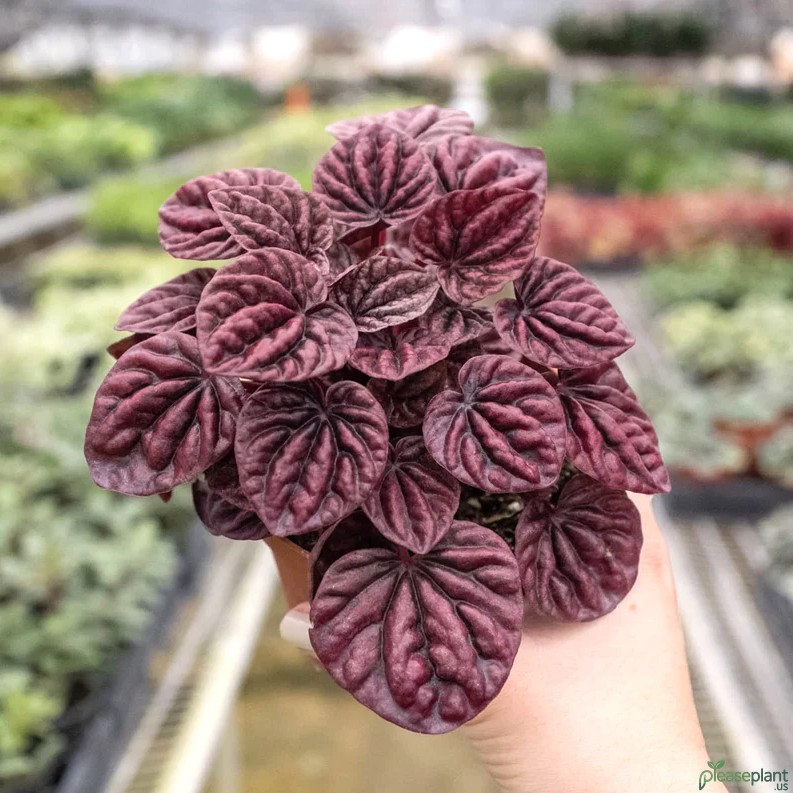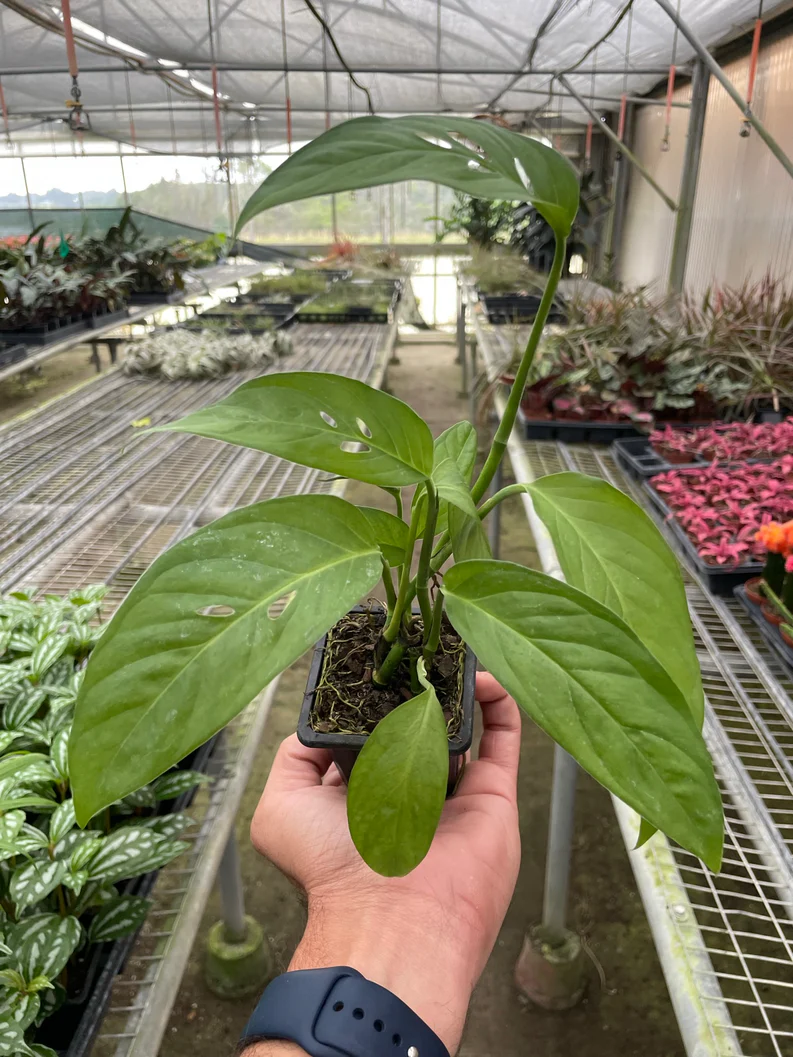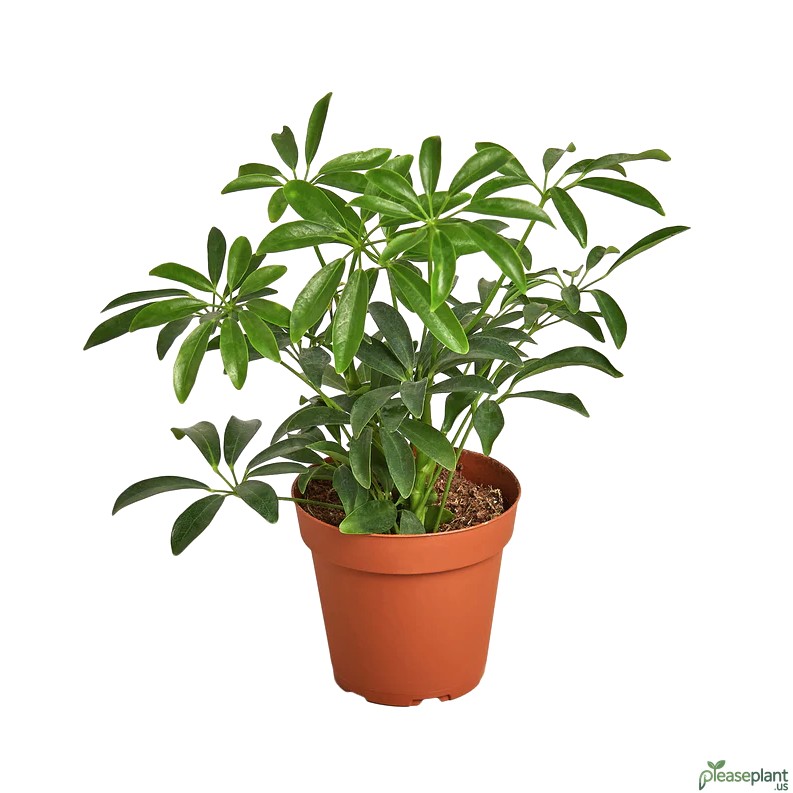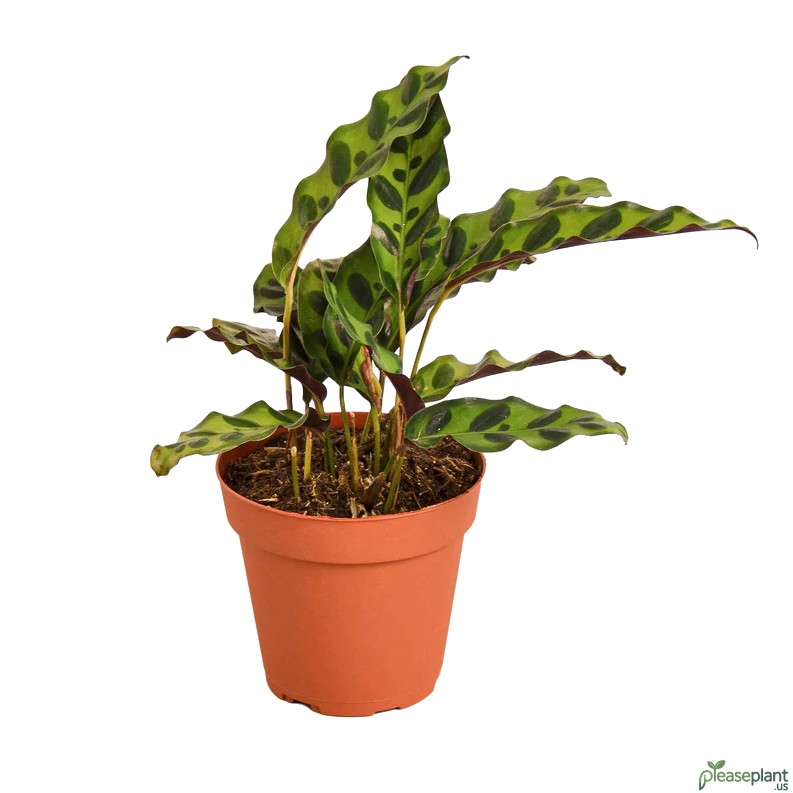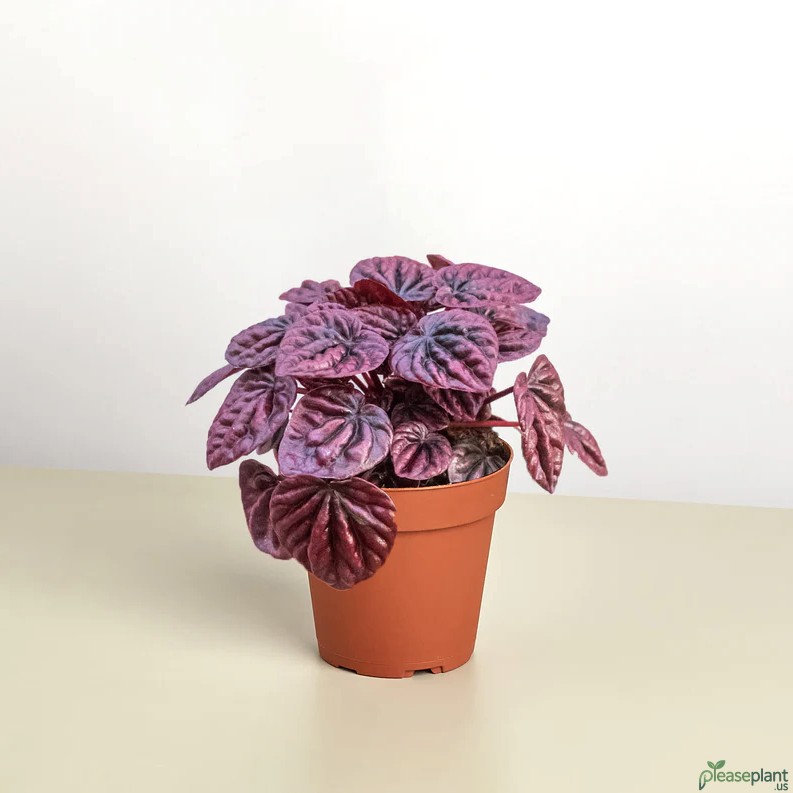Ever bought a Peperomia Ripple Red and wondered if it’s the real deal? You're not alone. Many plant lovers get tricked by lookalikes. This guide dives into how you can tell if your Peperomia Ripple Red is genuine, sharing practical tips from a seasoned gardener. From leaf texture to coloration nuances, we cover all you need to know to keep your indoor jungle thriving with authentic beauty.
A Tale of Two Peperomias
I remember the first time I laid eyes on a Peperomia Ripple Red, it was love at first sight. But quickly, doubts crept in—was my new plant really the authentic one or just a cleverly disguised impostor? Turns out, many of us fall into the trap of buying a Peperomia Ripple Red that’s more wannabe than wonder. So, how do you separate the real from the fakes?
Spotting The Real Peperomia Ripple Red
First off, look closely at the leaves. The genuine Peperomia Ripple Red has thick, textured leaves with a distinct rippled pattern that feels almost like tiny waves under your fingertips. The red hue isn’t just a flat color; it’s a deep, rich shade that changes subtly under different light angles. Fake ones often have a more plasticy feel and a uniform red that looks painted on rather than growing naturally.
The Color Game
Be careful here! Some sellers throw in plants with a dull or overly bright red that just doesn’t match the authentic vibrance. The real Peperomia Ripple Red's color is more of a burnt red, sometimes with a little hint of purple or burgundy. If it looks like a tomato or neon sign, you might wanna reconsider your purchase.
The leaf shape and size
Real Peperomia Ripple Red leaves are usually broad but compact, about 3-5 cm long, with clearly defined ripples along the edges. If your plant’s leaves are too smooth or too elongated, you could be dealing with a different variety. I once got fooled by a plant that looked similar but had thin, flat leaves that didn’t ripple a bit. Lesson learned!
growth patterns and stem structure
Another giveaway is in the stems. The authentic Ripple Red has sturdy, reddish stems that support the leaves well. A flimsy or greenish stem is a red flag. Also, the growth pattern tends to be bushy but neat, not sprawling out wildly.
Why Does It Matter?
You might be asking, "Why go through all this trouble?" Well, the real Peperomia Ripple Red is not just a pretty face. It’s known for being hardy, low maintenance, and a perfect indoor companion. Fakes often don’t thrive as well, leading to disappointment and a sad-looking plant soon after purchase.
My Final Thoughts
When buying your Peperomia Ripple Red, ask questions, feel the leaves, and take a moment to admire the color shifts. Don’t rush. The thrill of finding the real deal and watching it thrive in your home is worth every bit of effort. And hey, if your plant turns out a bit different, maybe it's a new favorite in disguise — plants have their own personalities after all!
Remember, in the jungle of houseplants, authenticity matters. So keep your eyes peeled and your fingers ready for that ripple touch!

